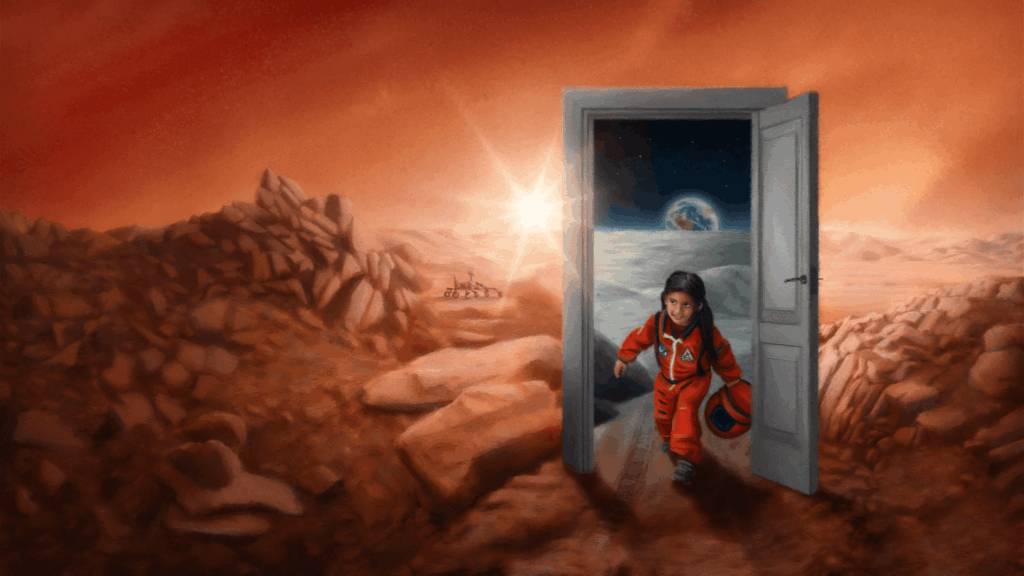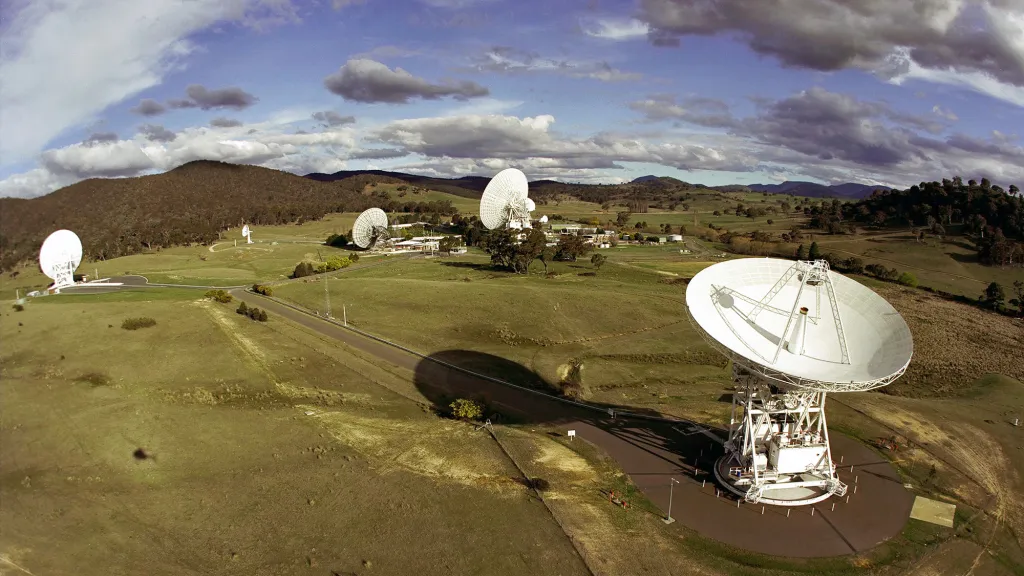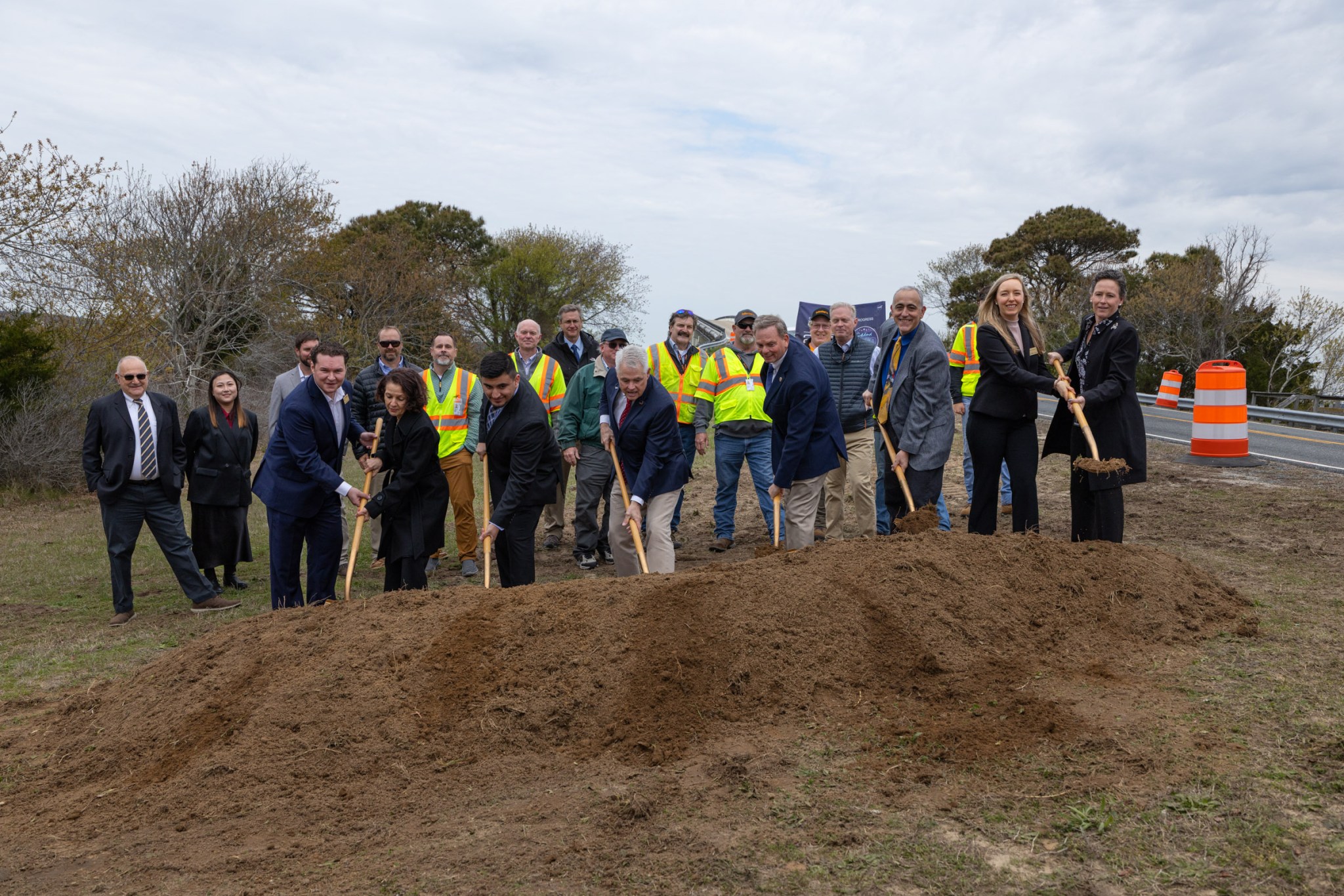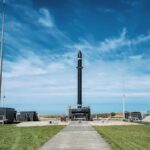Now Reading: NASA Announces 31st Human Exploration Rover Challenge Winners
-
01
NASA Announces 31st Human Exploration Rover Challenge Winners
NASA Announces 31st Human Exploration Rover Challenge Winners
NASA has announced the winning student teams in the 2025 Human Exploration Rover Challenge. This year’s competition challenged teams to design, build, and test a lunar rover powered by either human pilots or remote control. In the human-powered division, Parish Episcopal School in Dallas, Texas, earned first place in the high school division, and the Campbell University in Buies Creek, North Carolina, captured the college and university title. In the remote-control division, Bright Foundation in Surrey, British Columbia, Canada, earned first place in the middle and high school division, and the Instituto Tecnologico de Santa Domingo in the Dominican Republic, captured the college and university title.
The annual engineering competition – one of NASA’s longest standing student challenges – wrapped up on April 11 and April 12, at the U.S. Space & Rocket Center in Huntsville, Alabama, near NASA’s Marshall Space Flight Center. The complete list of 2025 award winners is provided below:
Human-Powered High School Division
- First Place: Parish Episcopal School, Dallas, Texas
- Second Place: Ecambia High School, Pensacola, Florida
- Third Place: Centro Boliviano Americano – Santa Cruz, Bolivia
Human-Powered College/University Division
- First Place: Campbell University, Buies Creek, North Carolina
- Second Place: Instituto Tecnologico de Santo Domingo, Dominican Republic
- Third Place: University of Alabama in Huntsville
Remote-Control Middle School/High School Division
- First Place: Bright Foundation, Surrey, British Columbia, Canada
- Second Place: Assumption College, Brangrak, Bangkok, Thailand
- Third Place: Erie High School, Erie, Colorado
Remote-Control College/University Division
- First Place: Instituto Tecnologico de Santo Domingo, Dominican Republic
- Second Place: Campbell University, Buies Creek, North Carolina
- Third Place: Tecnologico de Monterey – Campus Cuernvaca, Xochitepec, Morelos, Mexico
Ingenuity Award
- Queen’s University, Kingston, Ontario, Canada
Phoenix Award
- Human-Powered
- High School Division: International Hope School of Bangladesh, Uttara, Dhaka, Bangladesh
- College/University Division: Auburn University, Auburn, Alabama
- Remote-Control
- Middle School/High School Division: Bright Foundation, Surrey, British Columbia, Canada
- College/University Division: Southwest Oklahoma State University, Weatherford, Oklahoma
Task Challenge Award
- Remote-Control
- Middle School/High School Division: Assumption College, Bangrak, Bangkok, Thailand
- College/University Division: Instituto Tecnologico de Santo Domingo, Dominican Republic
Project Review Award
- Human-Powered
- High School Division: Parish Episcopal School, Dallas, Texas
- College/University Division: Campbell University, Buies Creek, North Carolina
- Remote-Control
- Middle School/High School Division: Bright Foundation, Surrey, British Columbia, Canada
- College/University Division: Instituto Tecnologico de Santo Domingo, Dominican Republic
Featherweight Award
- Campbell University, Buies Creek, North Carolina
Safety Award
- Human-Powered
- High School Division: Parish Episcopal School, Dallas, Texas
- College/University Division: University of Alabama in Huntsville
Crash and Burn Award
- Universidad de Monterrey, Nuevo Leon, Mexico (Human-Powered Division)
Team Spirit Award
- Instituto Tecnologico de Santo Domingo, Dominican Republic (Human-Powered Division)
STEM Engagement Award
- Human-Powered
- High School Division: Albertville Innovation School, Albertville, Alabama
- College/University Division: Instituto Tecnologico de Santo Domingo, Dominican Republic
- Remote-Control
- Middle School/High School Division: Instituto Salesiano Don Bosco, Santo Domingo, Dominican Republic
- College/University Division: Tecnologico de Monterrey, Nuevo Leon, Mexico
Social Media Award
- Human-Powered
- High School Division: International Hope School of Bagladesh, Uttara, Dhaka, Bangladesh
- College/University Division: Universidad Catolica Boliviana “San Pablo” La Paz, Bolivia
- Remote-Control
- Middle School/High School Division: ATLAS SkillTech University, Mumbai, Maharashtra, India
- College/University Division: Instituto Salesiano Don Bosco, Santo Domingo, Dominican Republic
Most Improved Performance Award
- Human-Powered
- High School Division: Space Education Institute, Leipzig, Germany
- College/University Division: Purdue University Northwest, Hammond, Indiana
- Remote-Control
- Middle School/High School Division: Erie High School, Erie, Colorado
- College/University Division: Campbell University, Buies Creek, North Carolina
Pit Crew Award
- Human-Powered
- High School Division: Academy of Arts, Career, and Technology, Reno, Nevada
- College/University Division: Queen’s University, Kingston, Ontario, Canada
Artemis Educator Award
- Fabion Diaz Palacious from Universidad Catolica Boliviana “San Pablo” La Paz, Bolivia
Rookie of the Year
- Deira International School, Dubai, United Arab Emirates
More than 500 students with 75 teams from around the world participated in the 31st year of the competition. Participating teams represented 35 colleges and universities, 38 high schools, and two middle schools from 20 states, Puerto Rico, and 16 other nations. Teams were awarded points based on navigating a half-mile obstacle course, conducting mission-specific task challenges, and completing multiple safety and design reviews with NASA engineers.
NASA expanded the 2025 challenge to include a remote-control division, Remote-Operated Vehicular Research, and invited middle school students to participate.
“This student design challenge encourages the next generation of scientists and engineers to engage in the design process by providing innovative concepts and unique perspectives,” said Vemitra Alexander, who leads the challenge for NASA’s Office of STEM Engagement at Marshall. “This challenge also continues NASA’s legacy of providing valuable experiences to students who may be responsible for planning future space missions, including crewed missions to other worlds.”
The rover challenge is one of NASA’s eight Artemis Student Challenges reflecting the goals of the Artemis campaign, which will land Americans on the Moon while establishing a long-term presence for science and exploration, preparing for future human missions to Mars. NASA uses such challenges to encourage students to pursue degrees and careers in the fields of science, technology, engineering, and mathematics.
The competition is managed by NASA’s Southeast Regional Office of STEM Engagement at Marshall. Since its inception in 1994, more than 15,000 students have participated – with many former students now working at NASA, or within the aerospace industry.
To learn more about the Human Exploration Rover Challenge, please visit:
https://www.nasa.gov/roverchallenge/home/index.html
News Media Contact
Taylor Goodwin
Marshall Space Flight Center, Huntsville, Ala.
256.544.0034
taylor.goodwin@nasa.gov
Stay Informed With the Latest & Most Important News
Previous Post
Next Post
-
 012024 in Review: Highlights from NASA in Silicon Valley
012024 in Review: Highlights from NASA in Silicon Valley -
 02Panasonic Leica Summilux DG 15mm f/1.7 ASPH review
02Panasonic Leica Summilux DG 15mm f/1.7 ASPH review -
 03From Polymerization-Enabled Folding and Assembly to Chemical Evolution: Key Processes for Emergence of Functional Polymers in the Origin of Life
03From Polymerization-Enabled Folding and Assembly to Chemical Evolution: Key Processes for Emergence of Functional Polymers in the Origin of Life -
 04How New NASA, India Earth Satellite NISAR Will See Earth
04How New NASA, India Earth Satellite NISAR Will See Earth -
 05And Thus Begins A New Year For Life On Earth
05And Thus Begins A New Year For Life On Earth -
 06Astronomy Activation Ambassadors: A New Era
06Astronomy Activation Ambassadors: A New Era -
07SpaceX launch surge helps set new global launch record in 2024




















